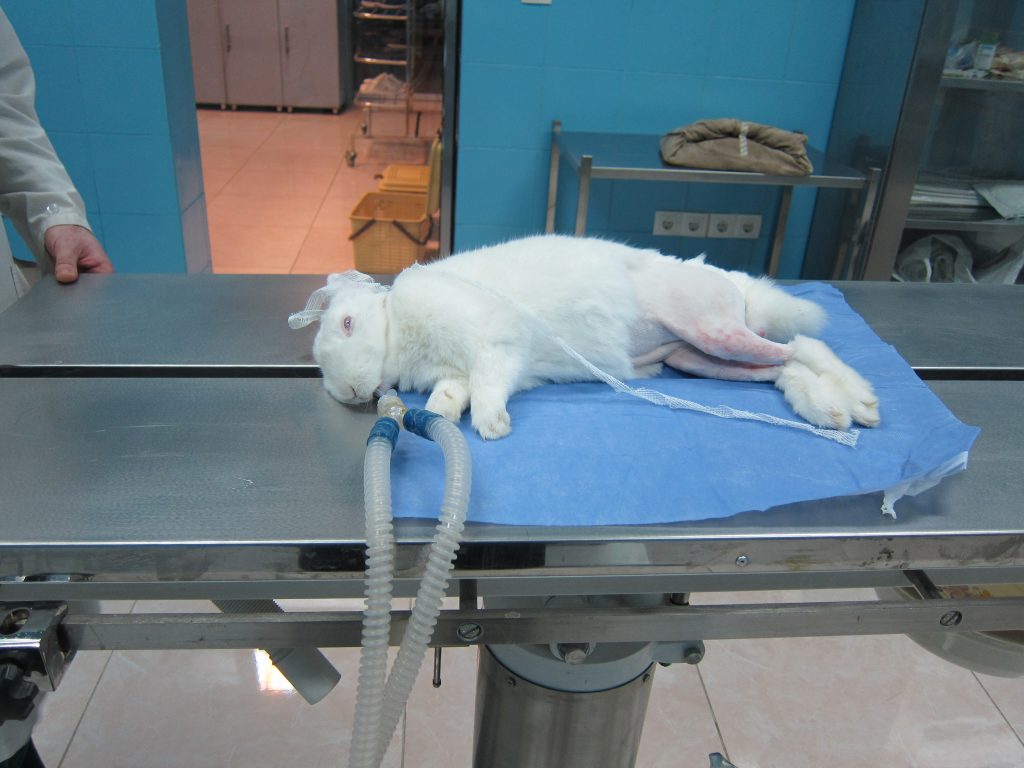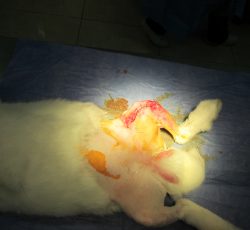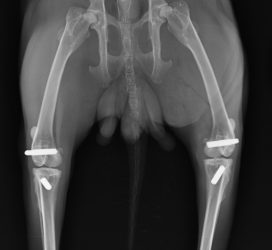Bone tissue engineering (BTE) is a developing field in orthopedics that can combine materials science, tissue engineering and regenerative medicine to facilitate bone repair, while the skeletal defects are unable to heal on their own. In the Composite Research Laboratory, polymer composites of polylactic acid (PLA) and small amounts of bioceramics were developed for biomedical applications. These composite materials were prepared and then printed using Fused Deposition Modeling (FDM). The synthesized 3D printed composites were characterized to determine their mechanical properties and biocompatibility. The printed composites show excellent in vitro biocompatibility including cell proliferation and adhesion. Due to their properties similar to those of cancellous bone, they can be promising candidates to be used in the biomedical field for bone replacement. Materials scientists aim to engineer an ideal biomaterial that can mimic natural bone with cost-effective manufacturing techniques to provide a framework that offers support and biodegrades as new bone shapes. Since applications in BTE to restore large bone defects are yet to cross over from the laboratory bench to clinical practice, the field is active with burgeoning research efforts and pioneering technology.
A biomaterial is any matter, surface, or construct that interacts with biological systems. Biomaterials can be found/derived in nature and they can be also synthesized for different purposes in bioengineering and medical uses. The application is very wide. Regardless of the origin, they have to be biocompatible, since they will be used in replacing living tissues such as heart valves, hips (replacement), heart electrical impulse generator (pace makers), prostheses, etc. Minimal or absent immune response is to be expected. However, in many cases biomaterial is also requested to be biodegradable or bioresorbable in order to disappear from organism after fulfilling their function.
The CRLab uses the principles of both engineering and life sciences to develop biomaterials that improve the quality of life of ill or injured patients. The lab is used to fabricate polymers into easily implantable biomaterials by synthesizing novel hydrolytically degradable biomaterials. Molecular and cellular biology principles are then incorporated to understand the interaction of cells, tissues, and higher life systems with these novel biomaterials. Areas of focus in the lab include the study of biomaterials for the delivery of therapeutics, scaffolds for orthopedic tissue engineering applications, wound dressings, early detection sensors, artificial vascular grafts and the interaction of biomaterials and tissues.









